In my original plans for the World2 Tour I would have passed through Poland as part of a longer Eastern European segment. However, in that case I would have ridden close and parallel to the country’s eastern border, been traveling in the opposite direction, and would have done so in the month of April. Consequently, the number of World Heritage Site visits I would have been able to make in Poland was a mere two. For once, the recent changes forced upon my route resulted in a substantial improvement in my circumstances, at least as far as Site visits in Poland was concerned. With my revised route taking me through the center of the country, in a southward-bound direction, I would be able to see nine out of Poland’s sixteen Sites, including some that would be a slight step up from my recent stops. The first four are presented here, with the remainder coming in the next post.
The first I reached was Malbork Castle, with a pleasant stop during my first full cycling day in the country. The Castle is an immense brick structure on the east bank of the Wistula River originally built by the Knights of the Teutonic Order in the thirteenth century. Bricks do not immediately come to mind when one thinks of a castle, but this one seems to have been very sturdily built and must have helped the Knights considerably during their eastward expansion during the Medieval period. I found it to be an enjoyable mid-day visit, especially since it was the first WHS that contained a building where I was actually allowed to see the inside in three and a half months. It was also the first time I had ever had my temperature checked before entering a Site.
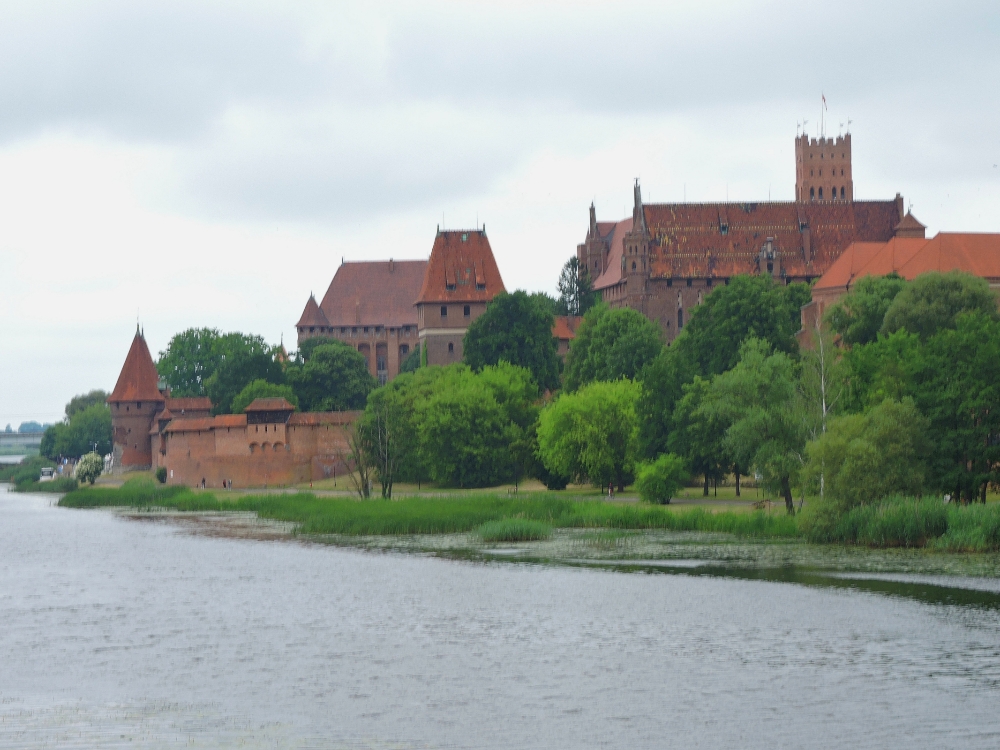
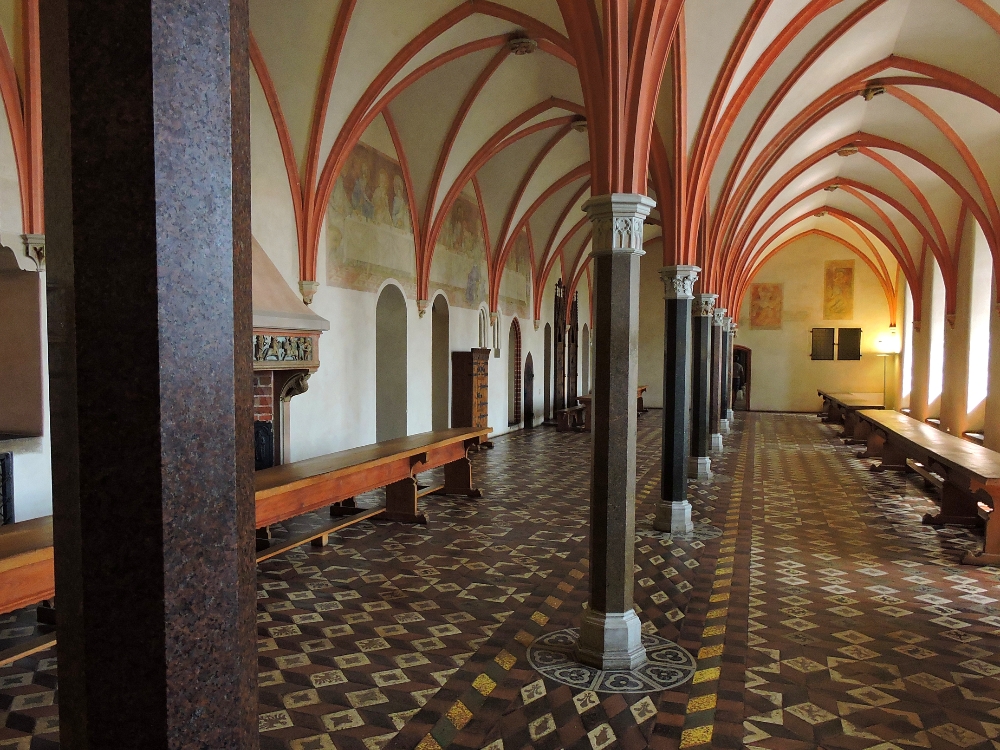
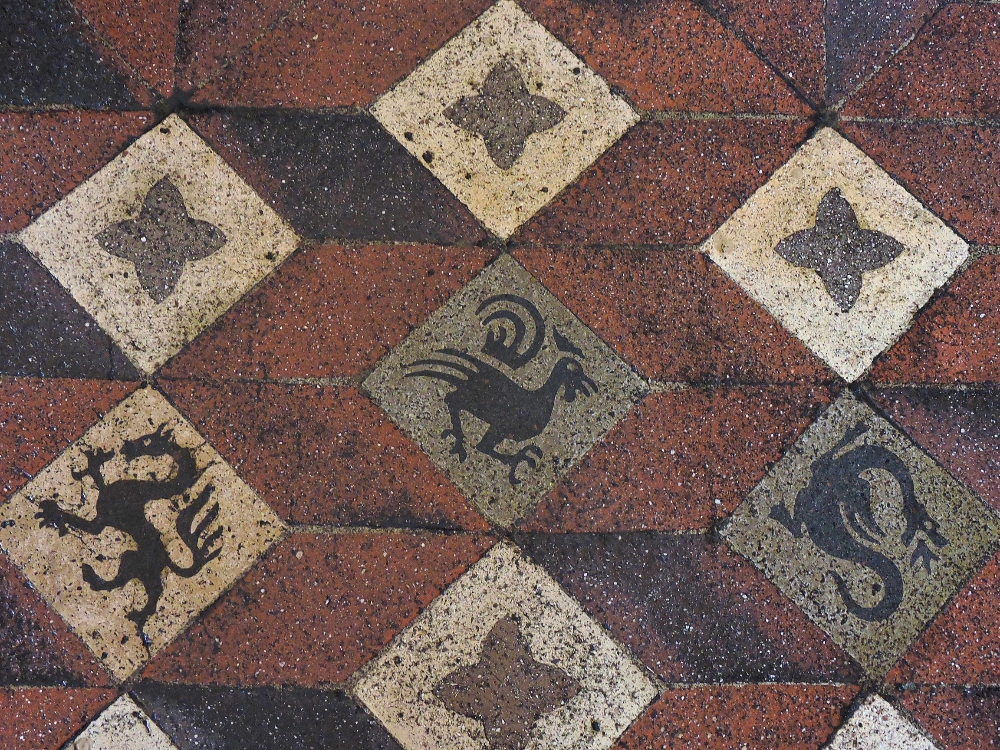
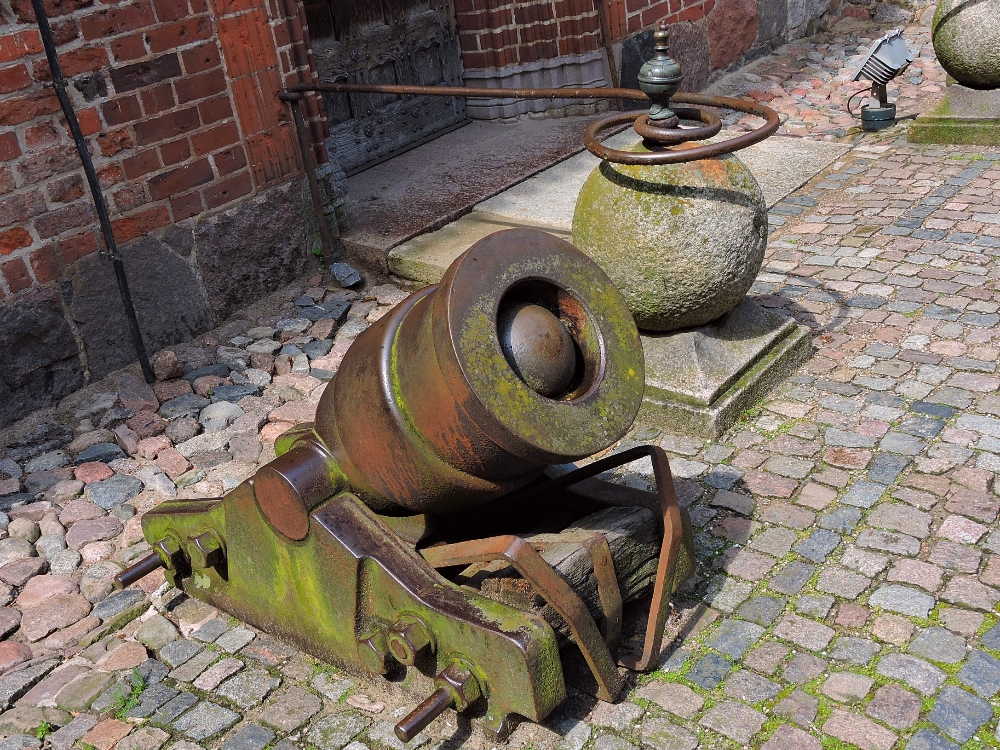
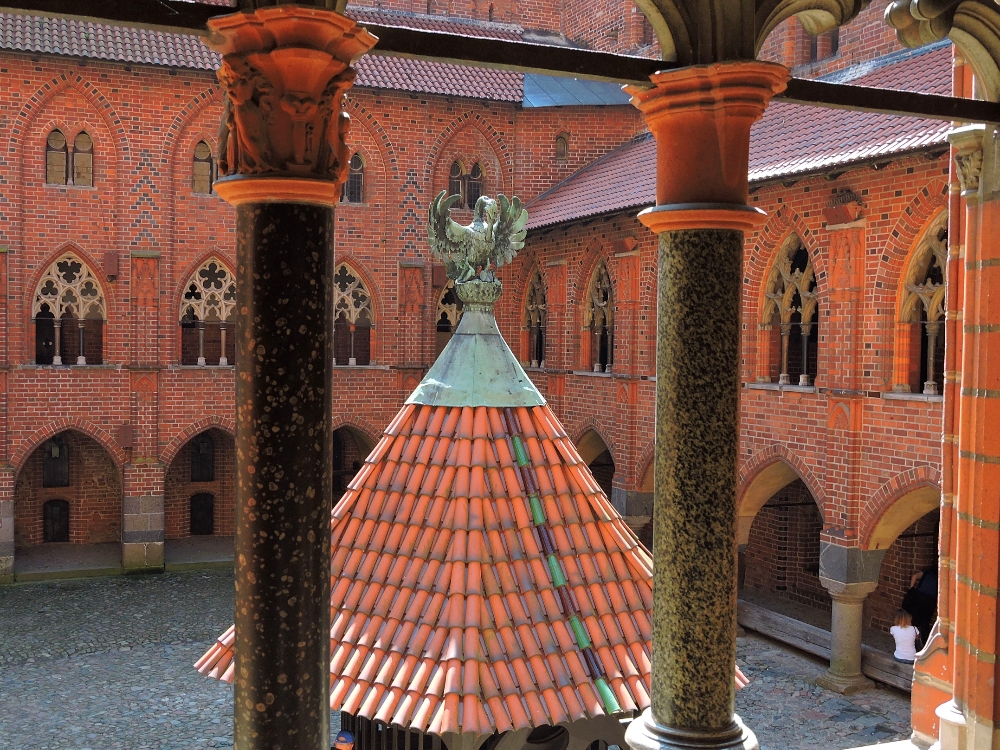
Next came the Medieval City of Toruń, a day and a half farther south. It is renowned for being one of the only early cities from that part of the World to have escaped violent destruction during its history, with the only significant damage being done by a siege laid by Sweden in the year 1703. Therefore, Toruń still possess its original Medieval layout which today contains buildings from several different architectural periods. I started this visit off right by staying in the Hotel Gromada, located within the Old City in a building dating back to the fifteenth century. On one of the upper floors, in a room that looks like it might occasionally be used for social or business functions, are a few niches that contain faded frescoes from the original building, including this one of Saint Catherine.
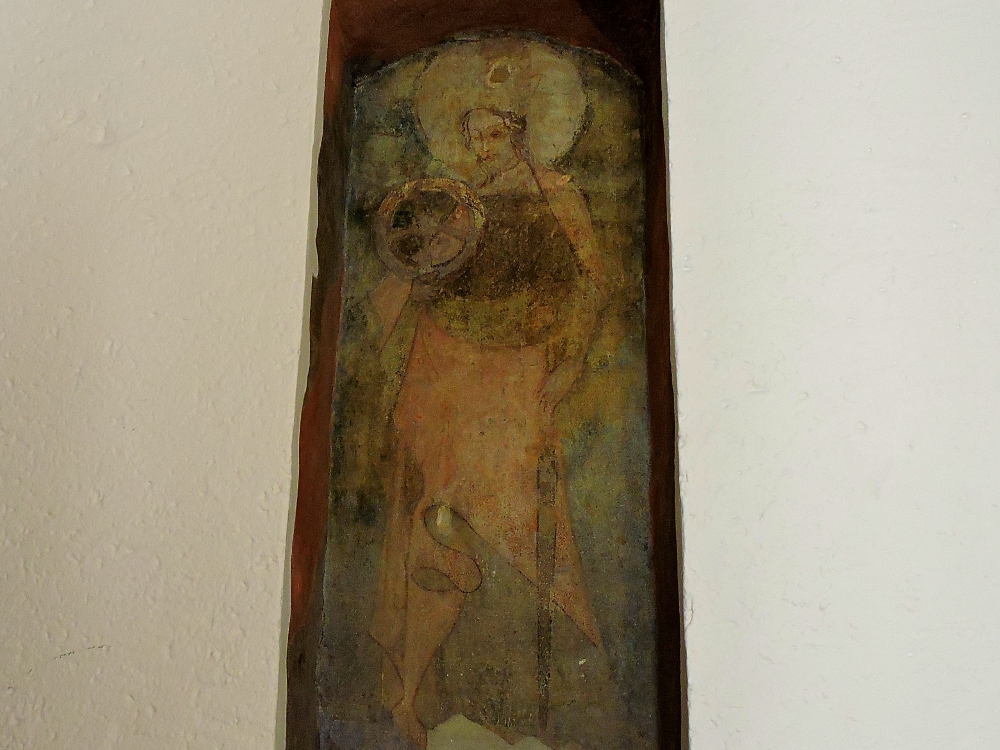
The still-original layout of Toruń also means that the cityscape seems rather tight and crowded, which often makes photography more difficult. Nevertheless, there are always interesting images to be had. One of my favorite buildings was the old Post Office, which, though it was not really very old, relatively speaking, wins a prize for Outstanding use of the official World2 colors.
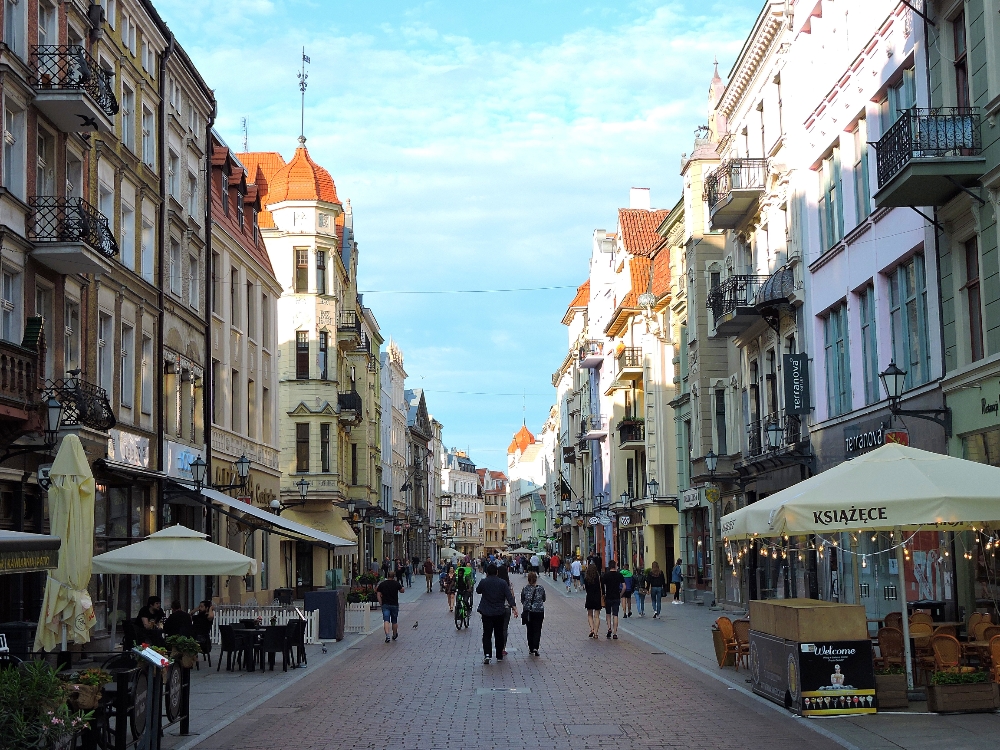
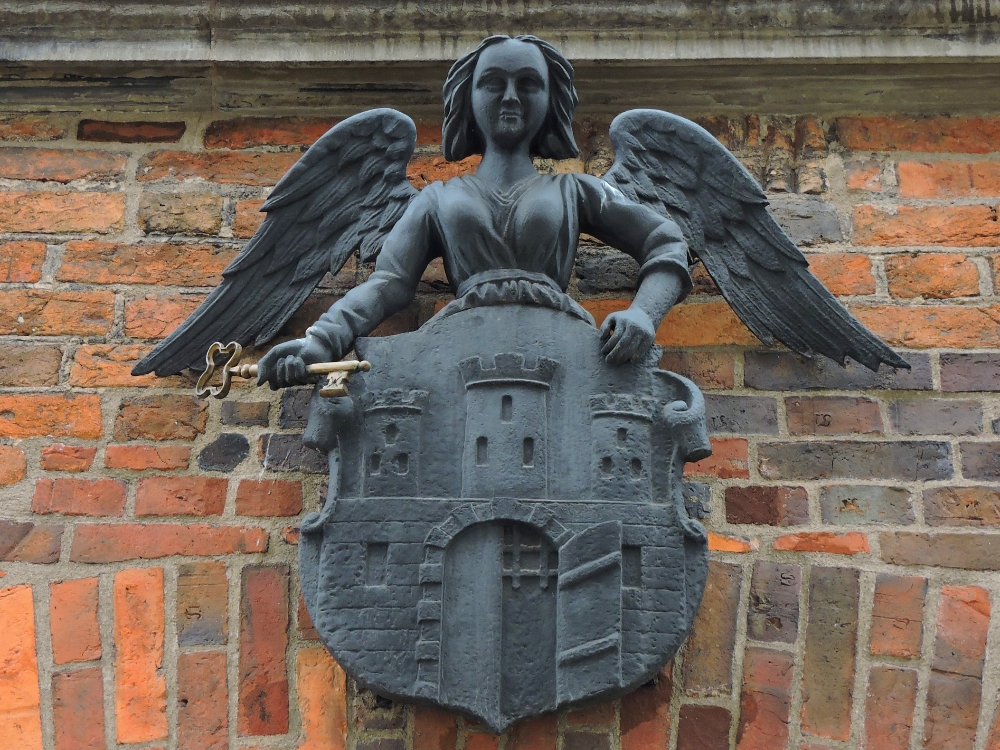
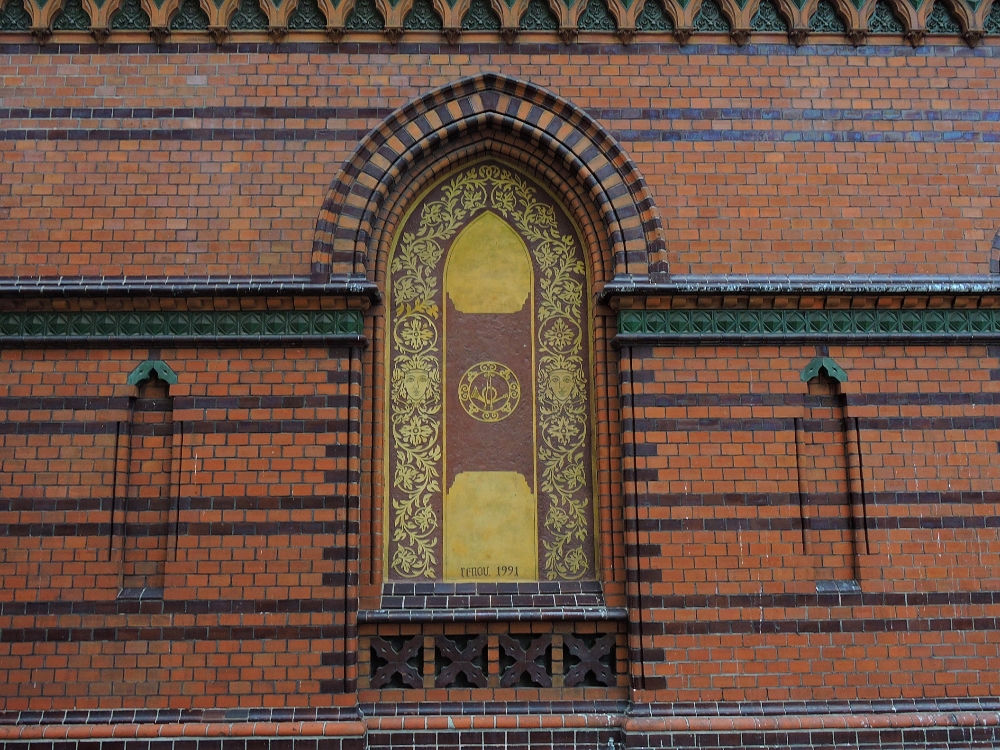
Toruń’s other claim to fame is that is was the birthplace and home town of the great astronomer Nikolas Copernicus. In fact, Copernicus’ grandparents once owned the building that eventually became the Hotel Gromada. It is thought, however, that he actually grew up in this house a couple of blocks away. I enjoyed this visit, which I extended from an afternoon to include the next day, when the next day’s weather forecast looked unsettled. As it turned out, that day wasn’t too bad, and I should have saved the wasted day off for a few days later, when the skies were actually wet and dreary.
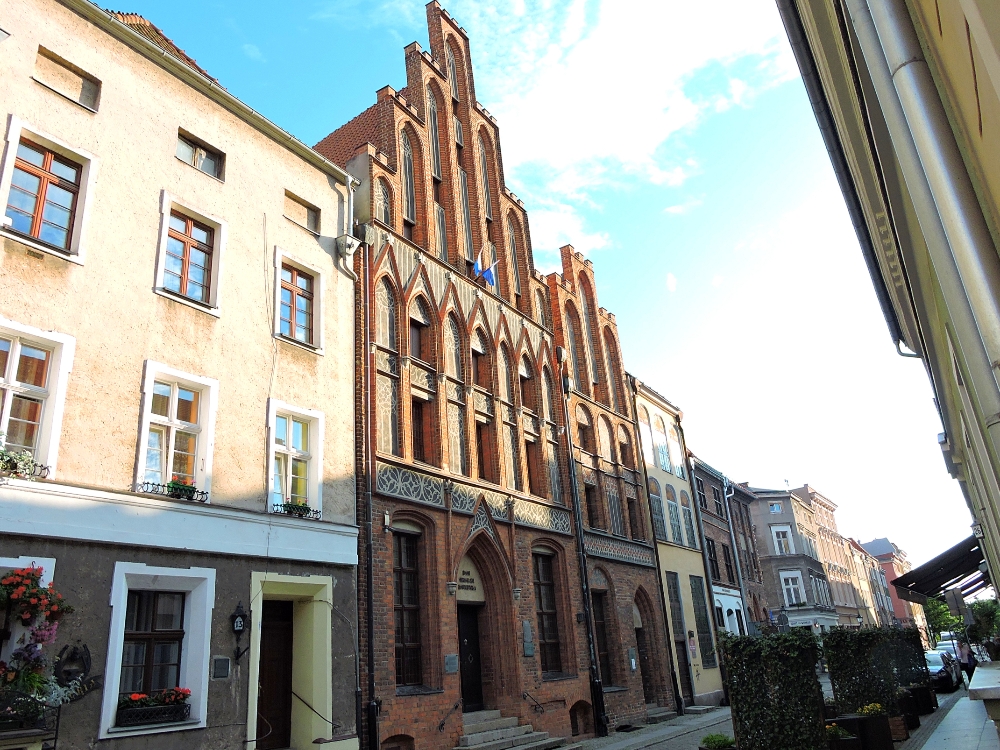
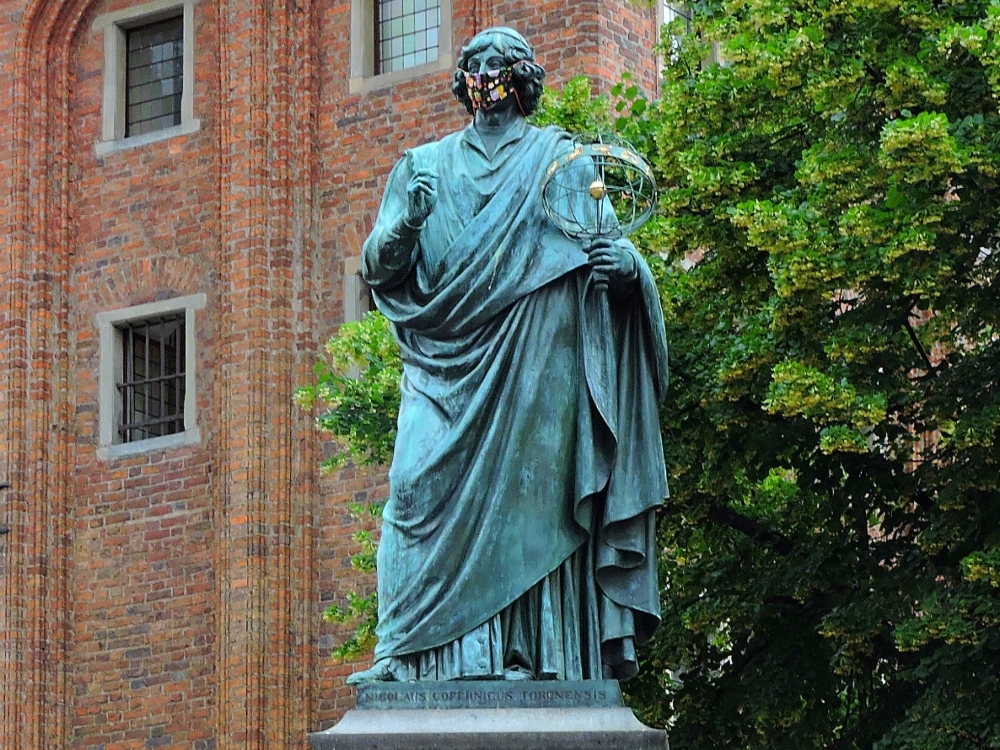
The aforementioned wet day brought me to the Capital, Warsaw, also a World Heritage city. Around the World there exist a number of ancient buildings and monuments which were once in ruins, but now have been restored, perhaps using modern materials and techniques. Some of these are equally impressive compared to Sites already on the List, but have not been included because it is felt that they are no longer authentic.
Warsaw, on the other hand, was inscribed for precisely that reason. In 1944, the occupying army completely flattened the city, as punishment for two recent uprisings. Continuing my recent trend of staying in a hotel significant to the WHS that I was visiting, this time I chose the Castle Inn, located just off the main plaza, and notable for being one of the only buildings to survive the bombardment, thanks to its meter-thick walks. After its liberation, the city was painstakingly rebuilt as an exact duplicate of what had stood there previously. The quality of that restoration alone was considered important enough to inscribe the historic city center. Beyond that aspect, it is still a beautiful and enjoyable place to visit, with a more open plan than many of its contemporaries, making it a pleasure to photograph. I particularly enjoyed the artistic details displayed on the facades of most buildings, each with a unique design painted, embossed, or carved, on its surface.
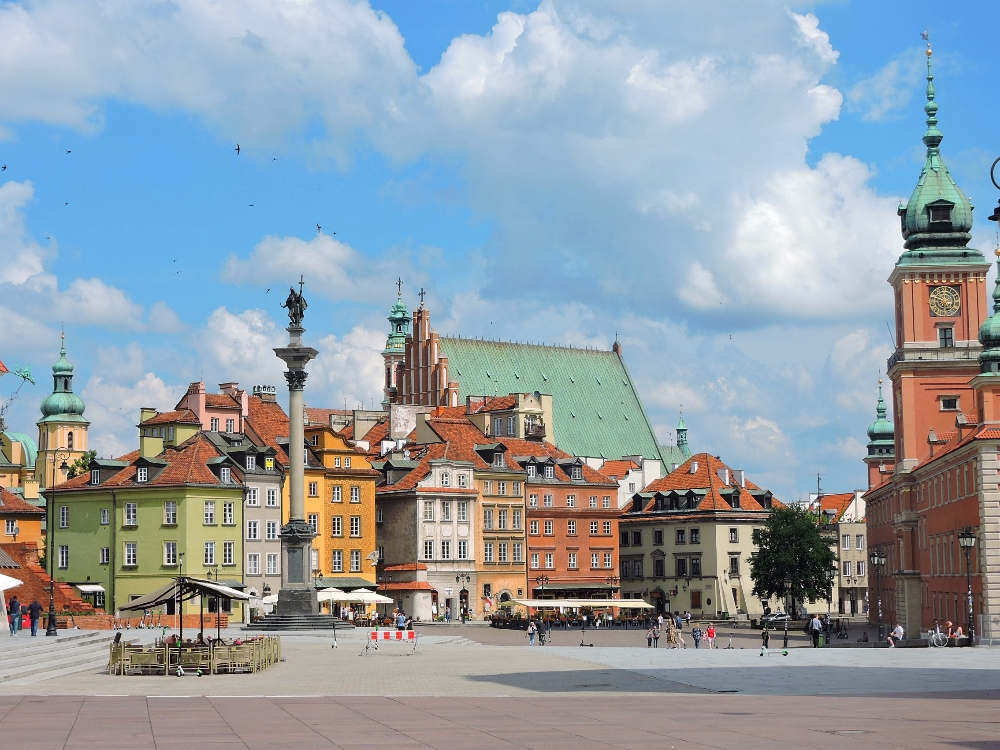
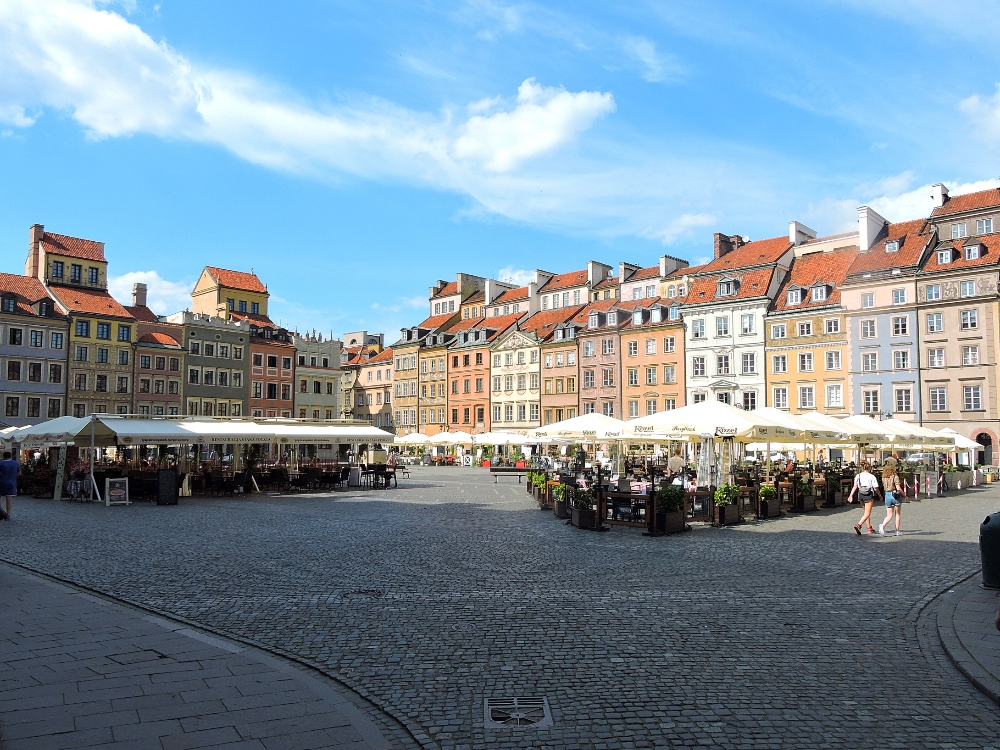
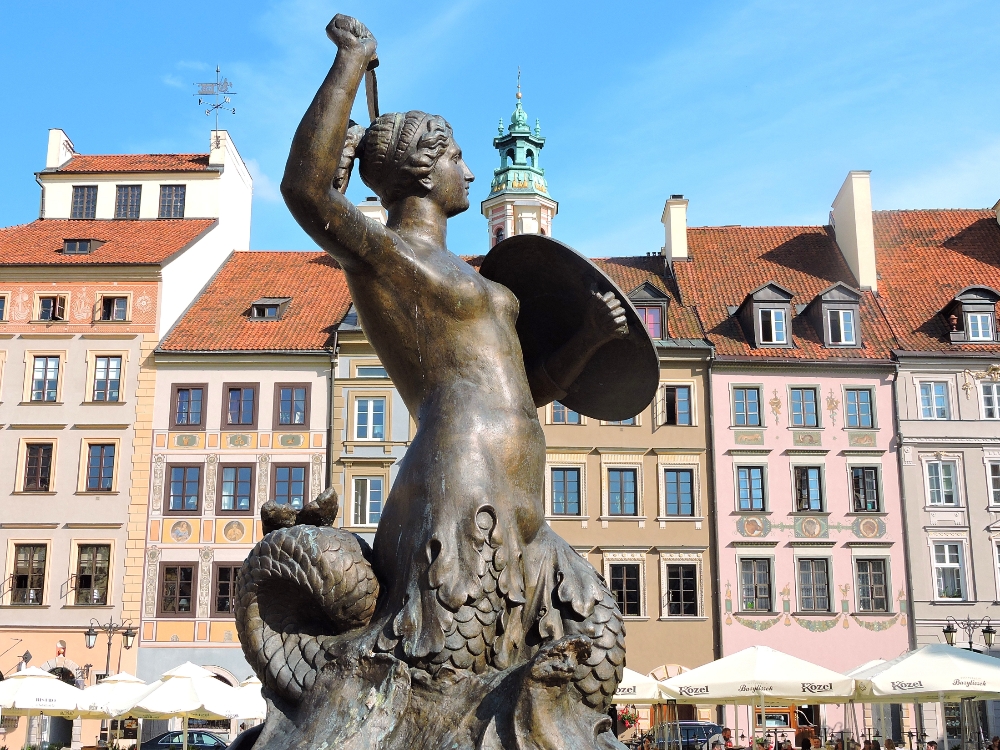
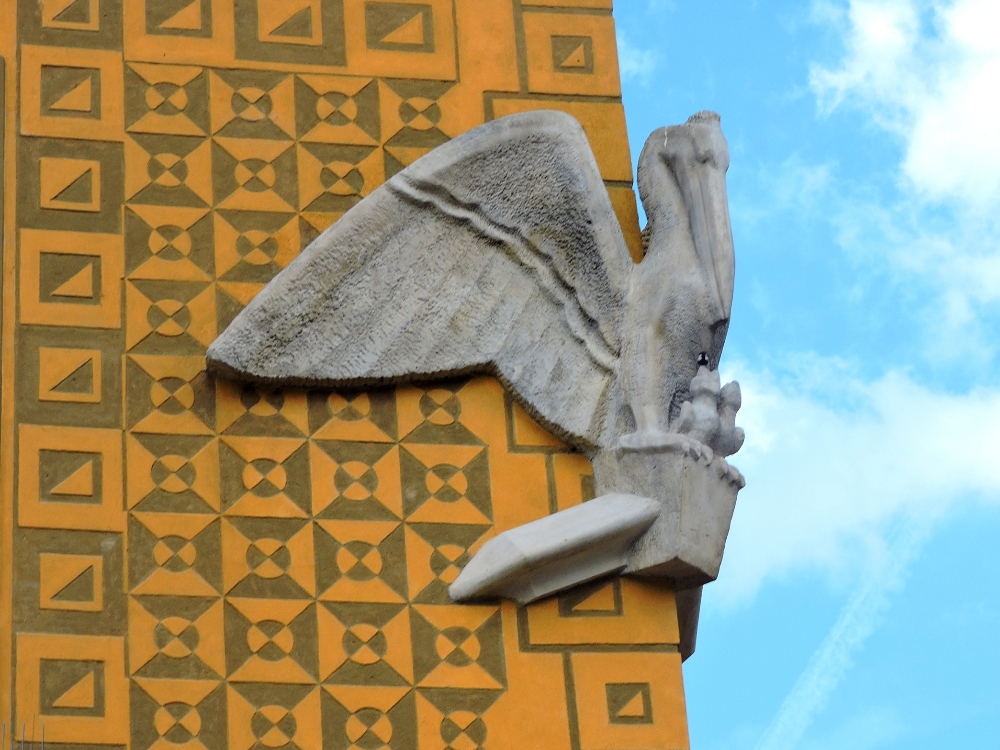
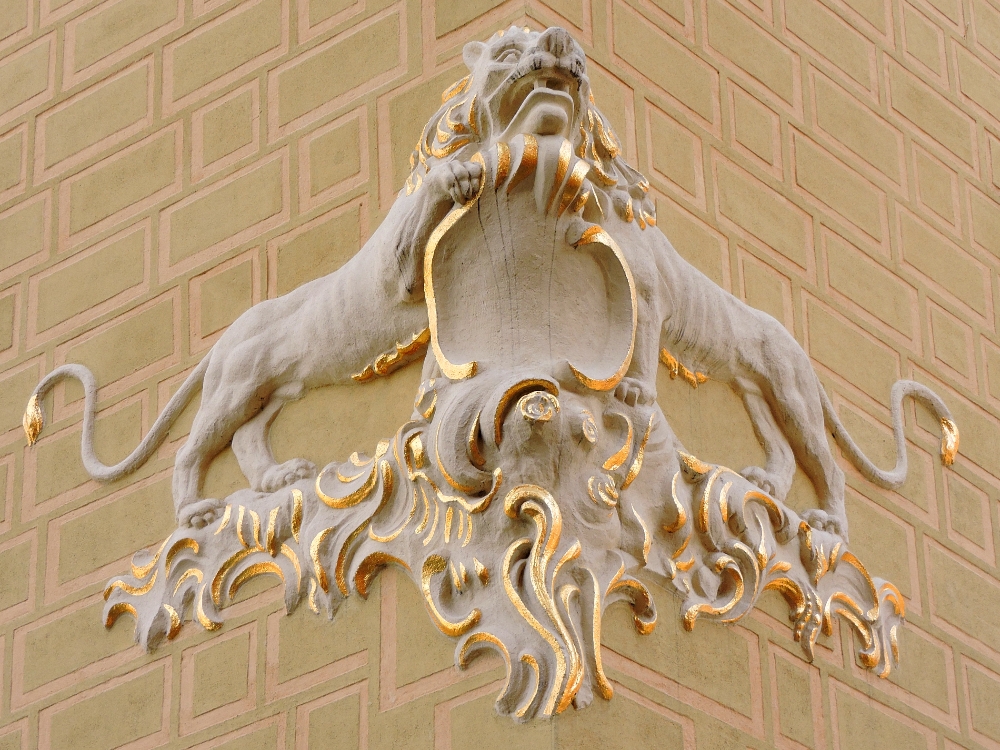
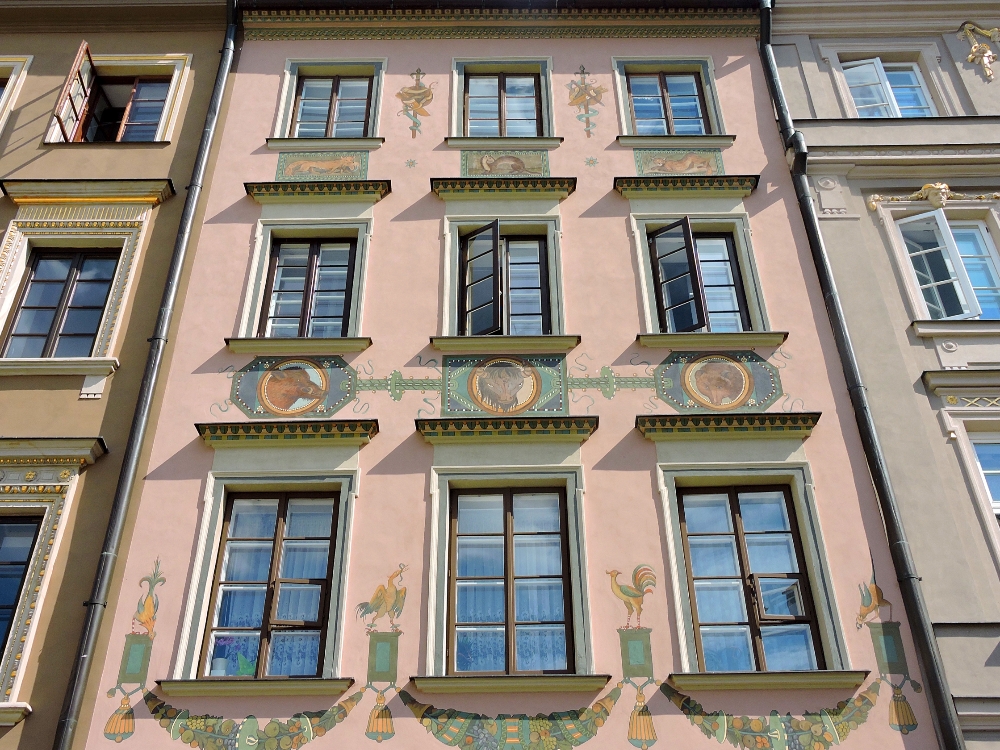
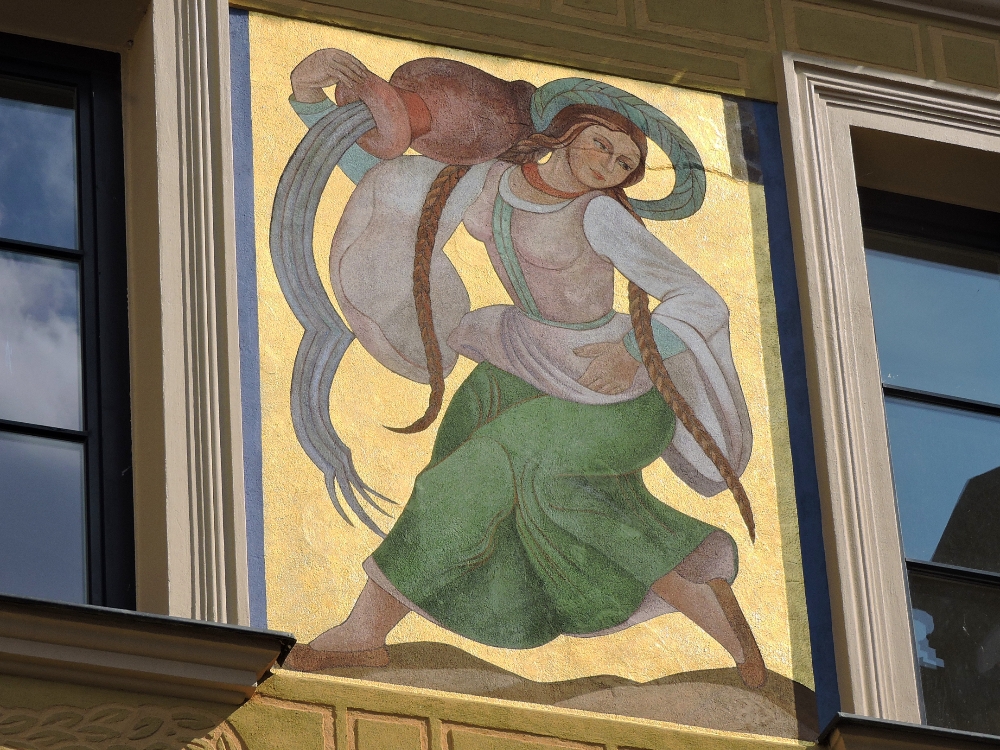
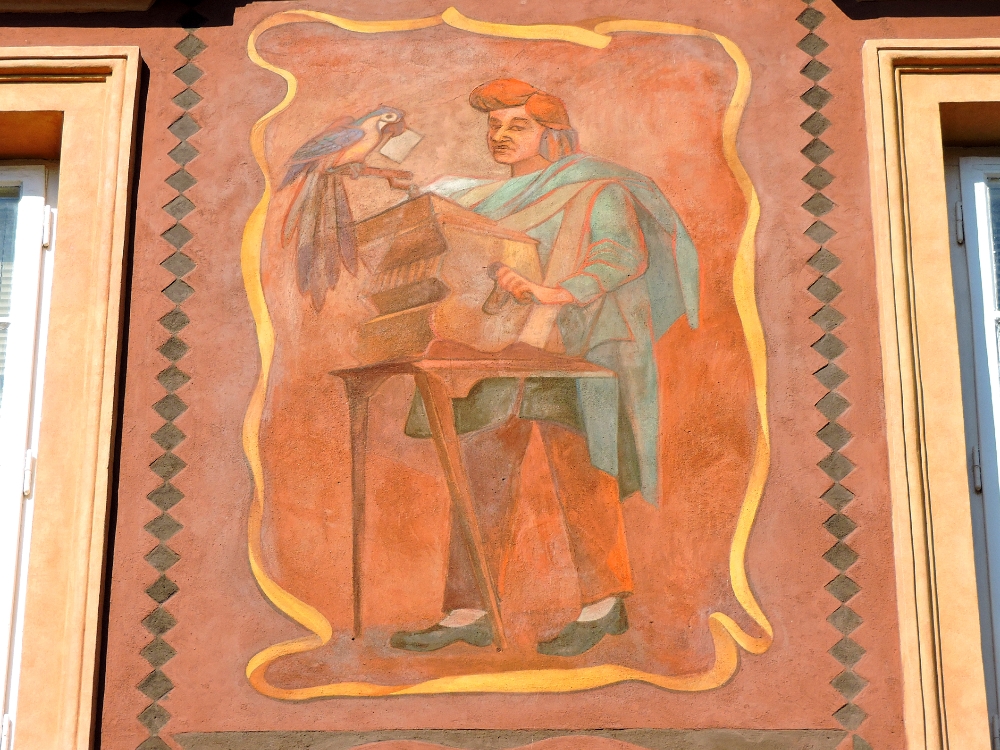
The final Site of this post, the somewhat nebulously-named Krzemionki Prehistoric Striped Flint Mining Region,
was, for me, both intriguing and frustrating. This Site was only inscribed in the previous year, after the Tour was already underway, so I knew little about it until a few days before I arrived. The area preserves many mine sites used thousands of years ago to obtain Flint, perhaps the best type of Stones used to make Stone Age tools. What intrigued me, and, to be honest, slightly annoyed me, was that I knew very little about the mineral Flint just a couple of weeks ago. When I did my pre-visit research I was somewhat shocked to discover that the geochemistry of Flint formation is astoundingly similar to the laboratory processes we studied during my previous professional life. Obviously, that sort of revelation will pique one’s interest in seeing a particular WHS. The frustration began when the Site’s official Website announced that the main attraction, the underground mine trail, would be closed until next year for renovations. I thought that I would at least visit the museum and see whatever might be visible above ground near the mine entrances. However, when I arrived I soon learned that the entire site was closed, a leftover from the pandemic, even though the Website didn’t mention that fact. So, then I thought I would sneak along the Nature Trail, where I might get a glimpse of some mine entrances through the bushes. However, after only a minute or two I came across two women walking out, one staff member, and one who just gave a talk on medicinal plants. They reiterated that the Site was closed, and proceeded to shoo me out of there. But when noticing the disappointment on my face, the staff member agreed to unlock the main exhibit of the museum for a few minutes, so I could look inside, which I very much appreciated. It was still a big disappointment, but at least I saw something while I was there.
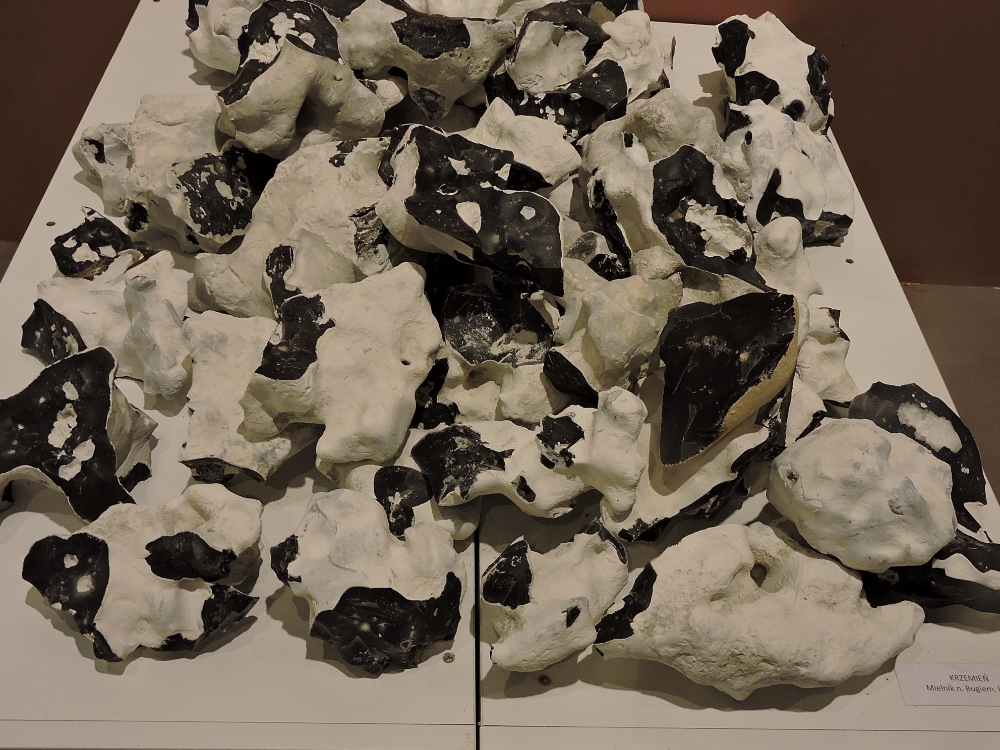
Chocolate Flint,a type of Silica rich in Iron
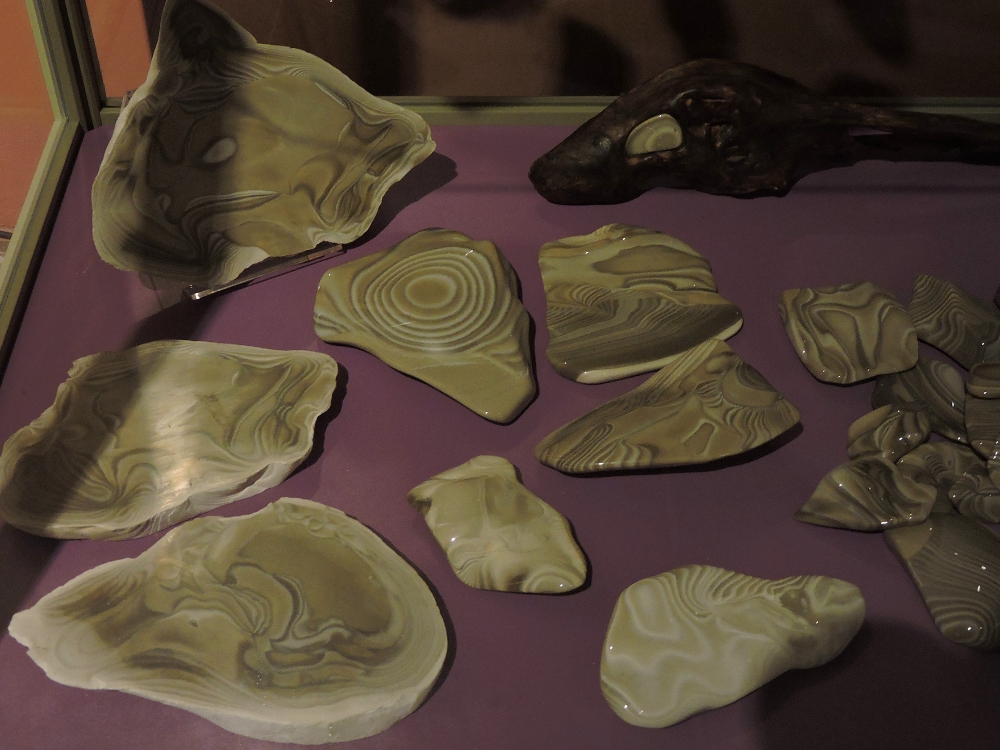
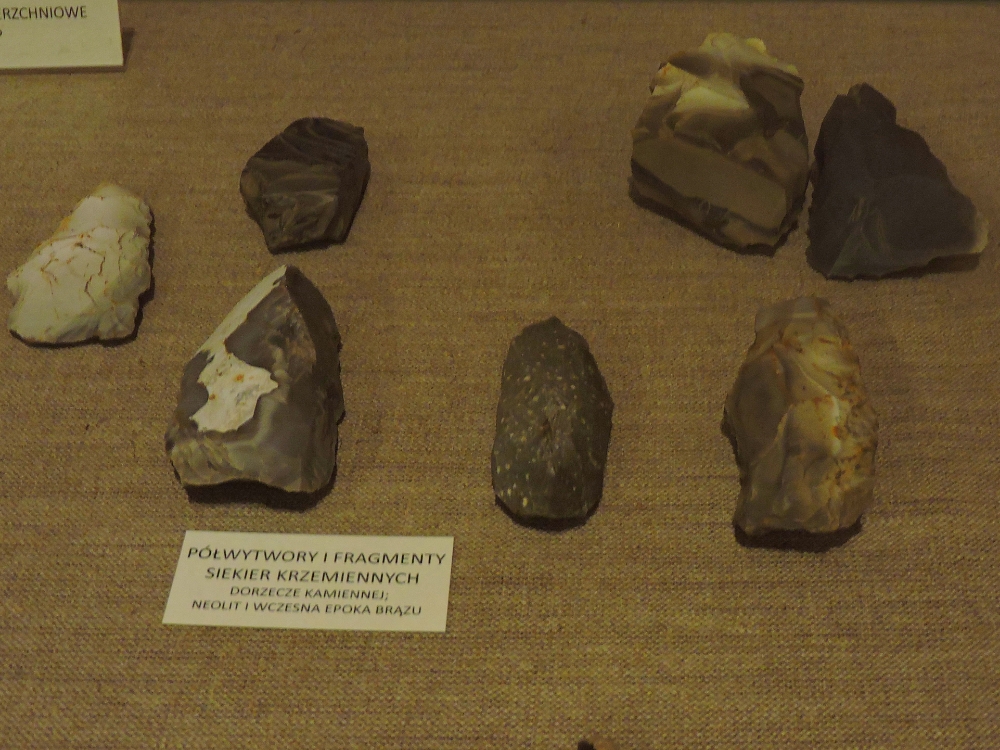
However, I was not finished with Poland just yet. I still had another four or five hundred kilometers of cycling left there, and along the way I would see more Sites at a rate of around one per day, an excellent situation to find oneself in!